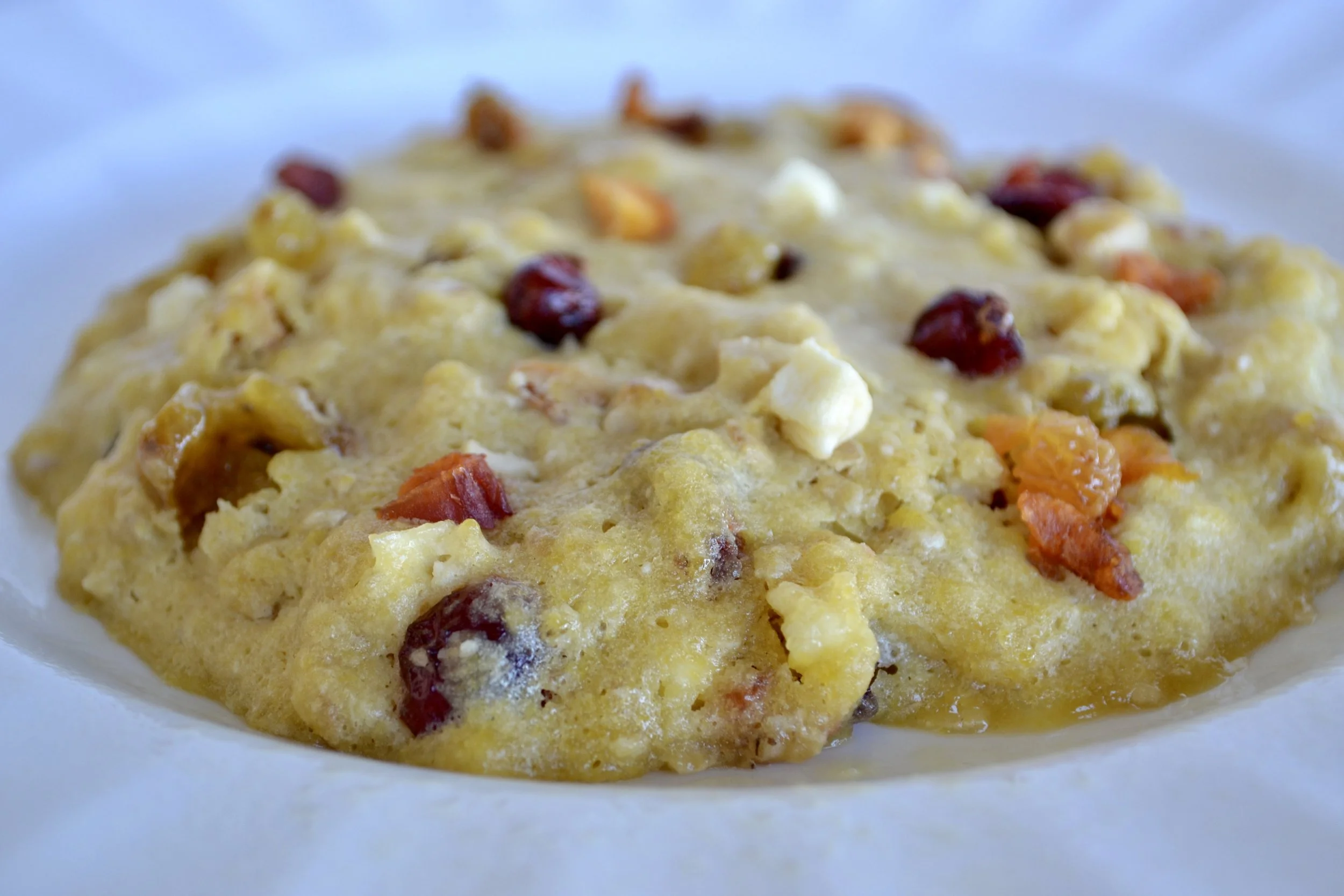Cheese & Fruit Pairings
My first real job where I had to apply, be interviewed, and show up when I was needed, not when it was convenient for me (hahaha) was at Cheese Central in Lodi, CA. I worked as a cheese monger selling over 100 types of cheese.
I learned a wealth of knowledge in one short summer. I would go home from work and study the cheeses offered in the store, how it was made, and the company making the cheese. My first day I was handed a purple binder with the information. Cindy, the business owner, told me I would be tested on the information. It scared me half to death, but lucky for me it was a bluff.
National Wine and Cheese Day is July 25th. Because I am only 18 at the moment, I thought I would play off the idea of wine and cheese and pair cheese to fruit. I picked one cheese from each of the main categories: soft, semi-soft, firm, pungent, and blue. Those aren’t true cheese monger-approved categories, however, many would agree that the breakdown provides nice balance and variety to any cheese board.
Brie & Traina® Home Grown All American fruitons®
To being I always start with the most mild cheese. Today it will be brie. It is a bloomy rind cheese which means that it grows its own rind. That being said, the rind is totally fine to eat. In fact, I go for the pieces of brie with the rind on because it has more flavor.
A typical run of the mill brie is a single cream which means that it is made with 55% butterfat. Use this when you want to bake, grill, or heat the cheese. However, if you are just snacking on the cheese at room temperature, opt for a double or triple cream brie. A double cream is made with 65% butter fat and a triple cream is made with 75% butterfat. Triple cream bries are my family’s favorite because it tastes like straight butter. If you can find it, go for the brand Domaine du Vallage.
Brie pairs really nicely with many different wines and fruit. When in doubt always go towards pear or apple fruit pairings. I like to sprinkle Traina® Home Grown All American fruitons® on my brie. The mix has so many different fruits that everyone gets something they love.
Gouda & Sparkling Apple Juice
I am a huge gouda fan. It has caramel and nutty tones in the flavor profile. It just makes me happy thinking about eating it. I prefer a more aged gouda, typically something like a New Amsterdam or Isabella Gouda. Sparkling apple juice pairs nicely with the cheese because it is subtle enough not to overpower, but yet adds a touch of sweetness to complement the cheese.
Fresh Goat & Traina® Home Grown Julienned Apricot fruitons®
Goat, or chèvre, can be pungent. I feel that the fresher the soft goat cheese, the less it tastes like you’re licking a goat! If you are new to chèvre or trying to accompany your palate to the flavor, start with a more mild and young fresh goat cheese. More firm goat cheese which has been aged has a more subtle flavor.
I should also mention that goat milk has less naturally occurring lactose than cows milk. If you are sensitive to lactose you might want to try goats milk cheese.
Try fresh chèvre with Traina® Home Grown Julienned Apricot fruitons® and crushed pistachios. The brightness of the apricot with the slight salt and crunch of the pistachios make for a glorious pairing. To serve the cheese I roll little individual balls or the entire log of cheese in chopped pistachios and dried apricots. It makes the cheese look stunning and is easy to spread on a cracker. Even lemonade would be good here.
Cheddar & Pear
As I mentioned before, pear is your go to. The flavor of cheddar will range greatly from brand to brand and age to age. I would suggest pear just to stay on the safe side. I prefer white cheddars aged over 2 years. I like the sharp stuff! If you prefer a milder cheese, pear will still bring out all of the best flavor notes.
Any cheddar sold in the United States must legally be aged for 60 days before being sold. In addition, the color difference between white and orange cheese has nothing to do with flavor. Annatto is an all-natural coloring agent commonly added to cheese to give it the familiar orange hue.
Blue & Traina® Home Grown Sun Dried Cherry fruitons®
Always, always end your cheese pairings with blue. Blue can be overpowering and leave a strong lingering flavor on your tongue. Blue is another strong cheese that may take some getting used to. One of my favorite California blues is Point Reyes Old Bay. It has a slight fruity flavor without being overly salty. If you know you like blue and want to try something new, go for Saint Andres or Roquefort. They are more full-bodied blues.
Saint Andres is a triple cream blue cheese. It has so much butter fat in it that you can actually spread it over a cracker or a piece of bread. Roquefort is made from sheep’s milk and comes from France. It is as familiar as a stilton or gorgonzola. Typically, it is aged 5 months.
I like to pair my blues with cherries— fresh or dried. The sweetness of the fruit can offset any overwhelming complexity of the cheese.
Don’t forget to serve the cheese and fruit pairing with a variety of crackers. A buttery cracker like a Club is always a classic. Get fancy with fruit and nut crisp crackers, or even try slices of a fresh baguette.









